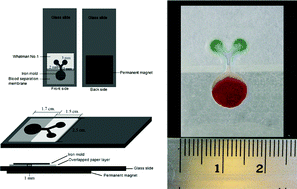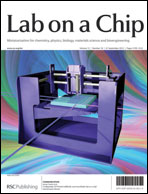*
Corresponding authors
a
Graduate Program in Clinical Biochemistry and Molecular Medicine, Faculty of Allied Health Sciences, Chulalongkorn University, Patumwan, Bangkok, Thailand
b
Department of Chemistry, Faculty of Science, King Mongkut's University of Technology Thonburi, 91 Prachautid Road, Thungkru, Bangkok, Thailand
c
Electrochemistry and Optical Spectroscopy Research Unit, Department of Chemistry, Faculty of Science, Chulalongkorn University, Patumwan, Bangkok, Thailand
d
National Center of Excellence for Petroleum, Petrochemicals, and Advanced Materials, Chulalongkorn University, Patumwan, Bangkok, Thailand
e
Department of Chemistry, Colorado State University, Fort Collins, Colorado
E-mail:
chuck.henry@colostate.edu
Fax: +1-970-491-1801
Tel: +1-970-491-2852
f
Department of Clinical Chemistry, Faculty of Allied Health Sciences, Chulalongkorn University, Patumwan, Bangkok, Thailand
E-mail:
wanida.k@chula.ac.th
Fax: +66 02 218 1082
Tel: +66 02 218 1081 ext 307


 Please wait while we load your content...
Please wait while we load your content...